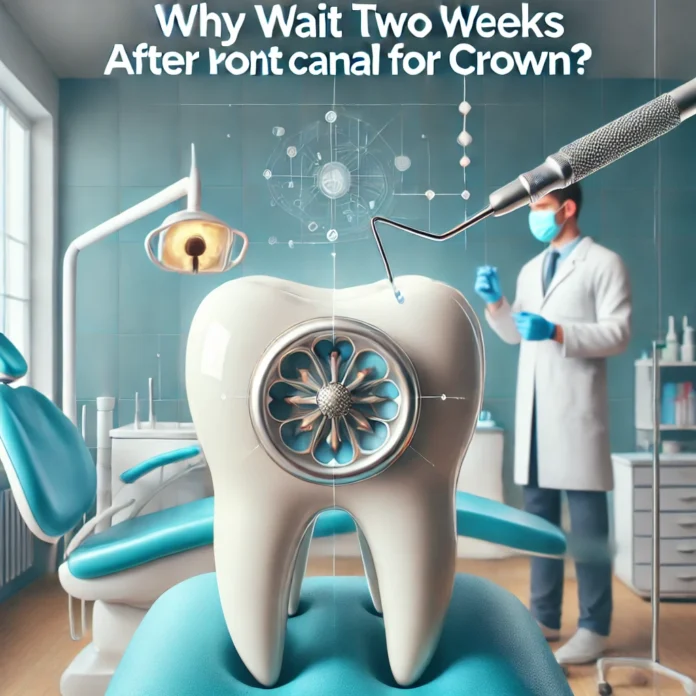A root canal is an important technique to save our teeth, but you have to wait for two weeks before getting a crown, which is just as crucial. When you have done the treatment, your dentist may advise you to wait. And he makes sure that your tooth heals completely and stays healthy for the long term.
Here in this article, we will discuss deeply Why Wait Two Weeks After Root Canal for Crown.
Healing Time: Giving Your Tooth a Chance to Recover
After you have a root canal, your tooth needs time to heal and adjust. During this process, the dentist removes the infected tissue, leaving the tooth empty and open to assailable.
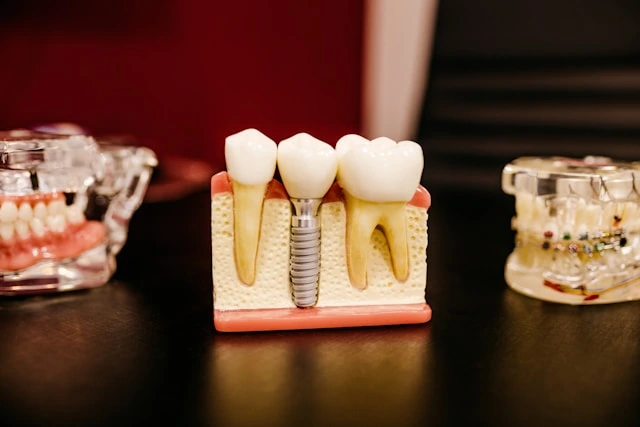
The surrounding tissues start to recover from any swelling or infection during this healing phase. Now waiting for two weeks helps the tooth settle and make sure it is strong enough to handle the crown.
What did you think of it like giving your body time to recover after an intense workout? Your tooth also needs a little break to stabilize and prepare for the crown. It will protect it for years to come.
Easing Tooth Sensitivity
It is common to feel sensitivity after dental work, especially when you get a root canal. The surrounding area may feel painful for a while. You have to wait for two weeks to calm down this sensitivity.
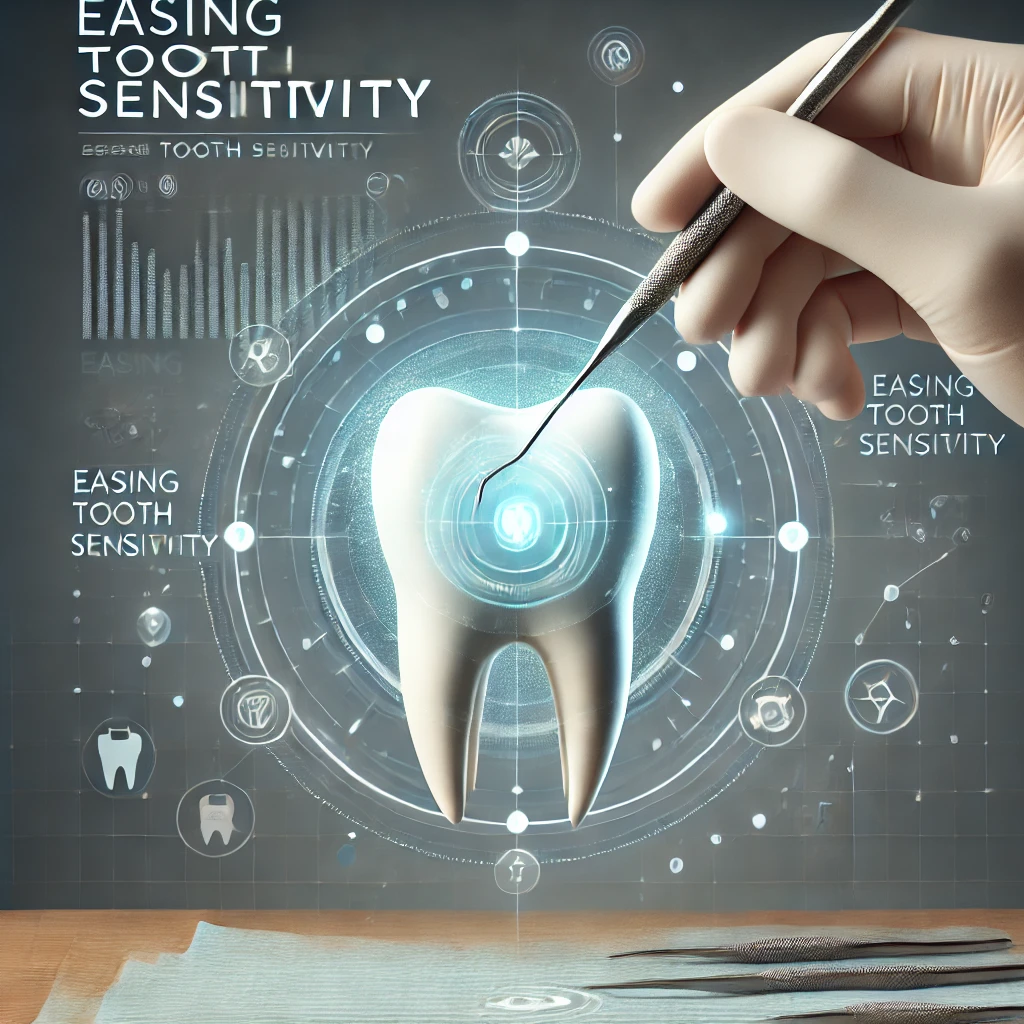
If the dentist places a crown too soon, it might cause discomfort or be a cause of problems later. But if you wait, then your dentist makes sure that your tooth is ready to make the process smoother and more comfortable.
Read More: 8 Signs That You Need Dental Implants for a Healthier Smile
Getting the Perfect Fit
Crowns are created specifically to fit your tooth. The dentist can appropriately check for other changes, such as swelling or minor shifts, in the tooth and gums during your waiting period. This helps them to create a crown that fits just right.
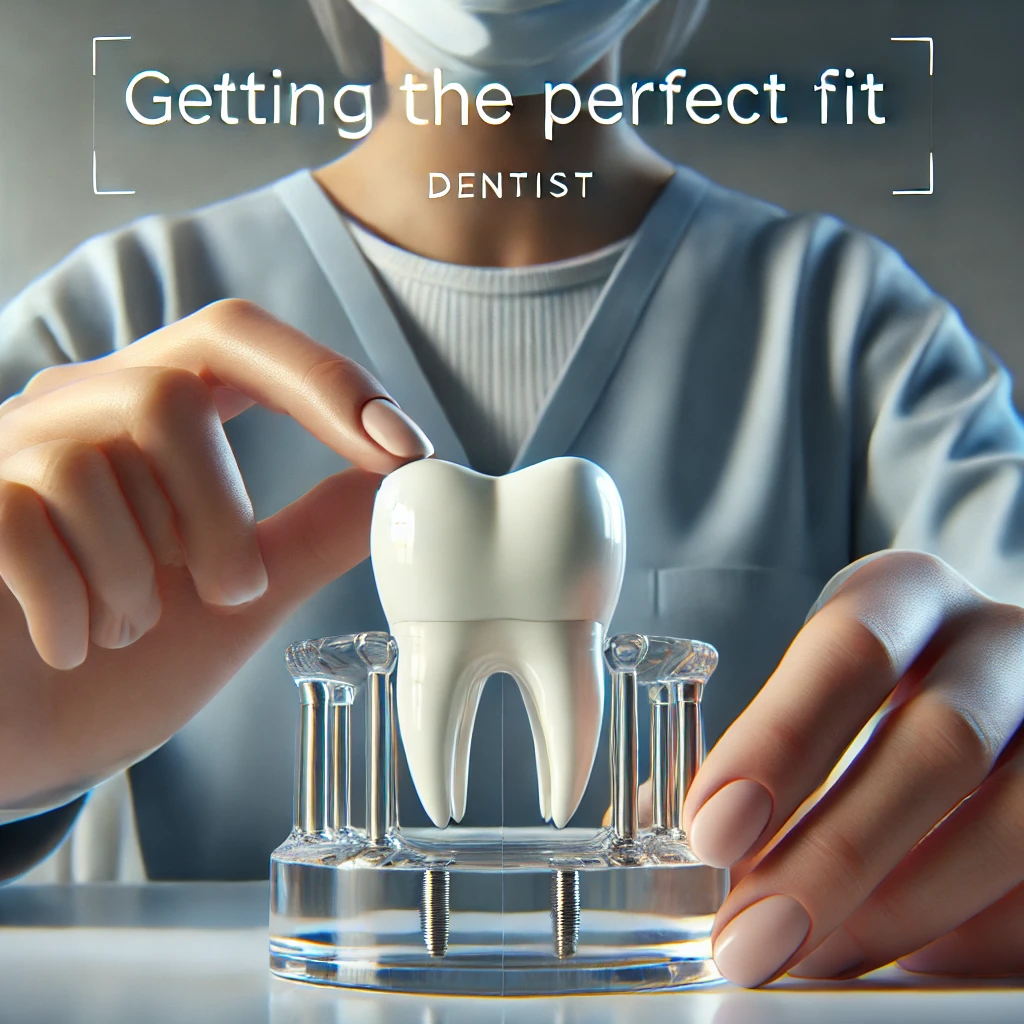
A poorly fitting crown can be a cause of bite issues or gum annoyance. So taking the time to get it right is necessary.
Did you know? A well-fitted crown is not just about looks; it is also about proper function and comfort.
Avoiding Potential Problems
Although it looks easy to place a crown too soon. It could come with issues. Swelling can stop the crown from being placed if your tooth is not completely healed. This could cause pain or require better treatment.

Waiting two weeks permits your dentist to confirm that your tooth is completely stable and free of infection. This reduces the chances of future problems and helps protect your oral health.
Protecting Your Tooth for the Long Run
Do you know that a crown acts like a protective shield for your tooth? The condition of the tooth below must be excellent for it to perform its function. Waiting gives your tooth the strength it needs to hold the crown, allowing it to last for many years.
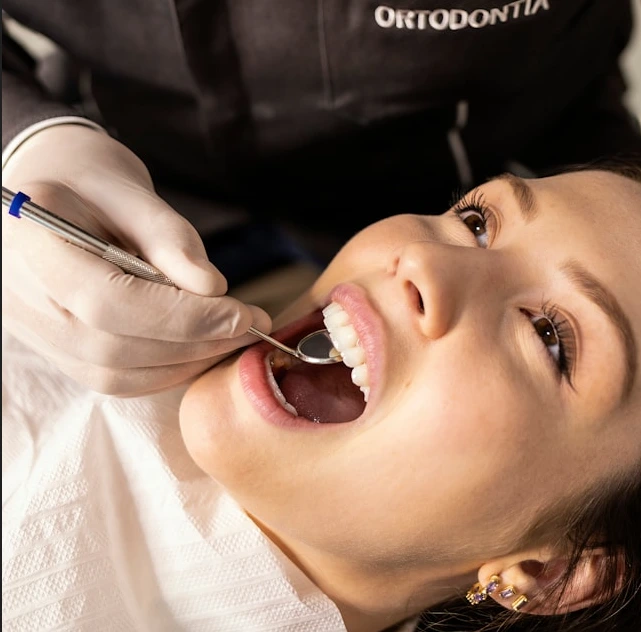
By avoiding the waiting time, you may reduce the durability of your treatment and suffer future dental visits or costs.
Why Skipping the Crown Is Risky
How strange that some people think about skipping the crown overall. But keep it in your mind; that’s not a good idea. After a root canal, the tooth becomes weaker and more likely to crack. Without a crown, normal activities like chewing can cause serious damage.
In our opinion, a crown is not just for looks; it is an important part of keeping your tooth functional and healthy.
Conclusion
However, waiting two weeks to have a root canal for a crown may seem annoying. It is an essential step to make sure everything heals correctly. During this period, your tooth can heal and become less sensitive, so a perfectly fitting crown can be guaranteed.
By doing as your dentist advises, you’re preserving your smile and your teeth for years into the future. It takes time to do good things, but your dental health is worth it.
FAQs
Yes, however, until the crown is in place, only eat soft foods and avoid chewing on the treated tooth.
Too much waiting increases the risk that the tooth will break or crack, demanding extra care.
No, a temporary filling is just a quick fix. For lasting strength and protection, a crown is required.
Not usually. A crown gives your tooth much more durability and protection.
To maintain the temporary filling, adopt proper dental hygiene and stay away from foods that are sticky or hard. Do as your dentist recommends.
Also Read: A book on consignment inventory system for hospitals


